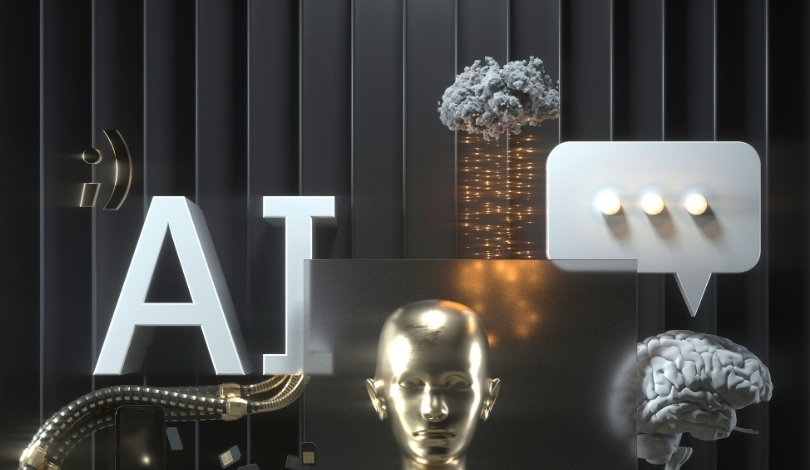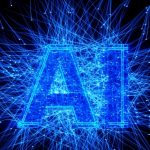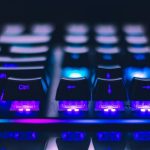Art collectors and insurers increasingly face challenges in determining reliable prices for artworks amid a market often criticized for its opacity. As new technologies emerge, artificial intelligence (AI) has begun to assist industry professionals by analyzing vast, previously inaccessible data, offering more transparency in valuations. These digital tools now complement—but not replace—the traditional expertise that has long anchored art assessments. Market players remain divided on the extent to which AI should influence this process, underscoring both enthusiasm for data-driven insights and skepticism about reducing art to mere numbers.
Earlier coverage focused primarily on AI’s capability to detect forgeries and help create digital art, whereas recent developments highlight AI-driven pricing software like ARTDAI, Wondeur, and the merged Winston Artory Group as key players in establishing fair market values. Unlike previous reactions that centered on the novelty of AI in art authentication, the narrative now explores how these platforms are being practically applied to tackle fundamental pricing and insurance concerns. The significance of blockchain integration for provenance tracking, emphasized in current discussions, reflects a shift toward more secure and transparent information management that was less prevalent in earlier reporting.
What Drives AI Adoption in Art Pricing?
Professionals in the field have long acknowledged that the primary public resource for pricing—auction sale data—only covers a fraction of actual transactions, most of which occur privately. AI-powered services have emerged to bridge these data gaps. Companies such as iownit, ARTDAI, Wondeur, and Winston Artory Group utilize algorithms to process extensive records on artists, exhibition venues, and sales, allowing them to analyze price trends and suggest valuations even for works never sold at public auction. As co-founder Olivier Berger of Wondeur noted,
“A.I. can understand why and when the value of an artist’s work changes over time, bringing explainability to art values in the past, present and future.”
This influx of data has the potential to inform decisions for collectors, dealers, and insurers alike.
Will AI Replace Human Art Experts?
Despite AI’s capacity for processing large datasets and identifying patterns, leading industry figures do not see technology as a substitute for human connoisseurship. Many still believe expert judgment is crucial when evaluating the physical qualities and contextual value of individual works. Nanne Dekking, co-founder of Winston Artory Group, shared,
“We’re not saying A.I. does appraisals for us, but what A.I. does is help us find comparables, not only because of image recognition.”
He advocated for leveraging AI to supplement—but not supplant—expert analysis, especially in aspects of risk assessment and claims processing where experience and trust remain central.
How Does Blockchain Impact Art Market Transparency?
To further address issues of recordkeeping and trust, Artory and Winston Artory Group have incorporated blockchain systems to register provenance, condition, and ownership details of artworks. These tamper-proof, time-stamped digital records enable clients to safely share information with authorized parties, mitigating losses from disasters or system failures. The role of secure digital ledgers now extends beyond pricing alone, also offering solutions for liquidity and accessibility in private collections, especially for estate planning or insurance purposes. The complementary use of both AI and blockchain marks a step toward more robust and transparent market operations.
While AI’s continued entrance into art valuation tools prompts debate, the discussion often returns to the subjective nature of art’s worth. Critics caution against relying solely on algorithms, given that the personal meaning and cultural significance attached to artworks elude purely quantitative analysis. Nevertheless, market participants increasingly expect appraisals that balance data-driven insights with the nuanced perspectives of seasoned professionals. As insurance companies and wealth advisors seek timely asset appraisals for their clients, solutions that combine technological rigor with human discretion are likely to set new standards in the field. Smart use of AI assists in managing vast amounts of information and making sense of past sales patterns, but human expertise still anchors final decisions in this complex and inherently subjective market.
- AI tools inform art valuation but do not replace human expertise.
- Blockchain adds security and trust to art market records.
- Art’s value remains influenced by both data and human judgment.










